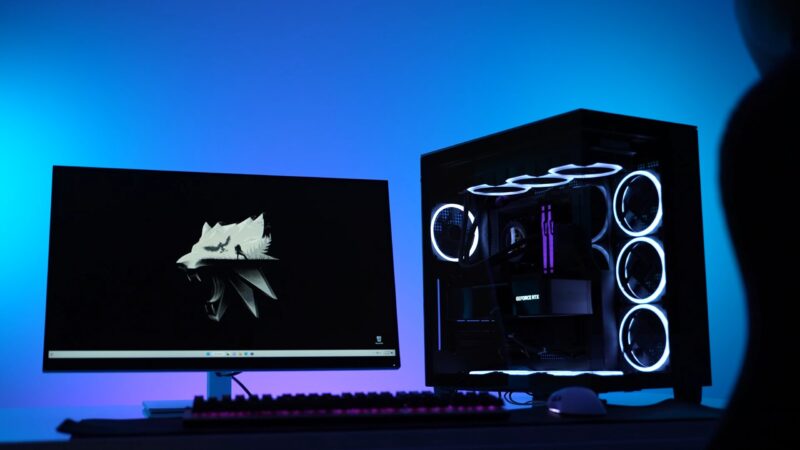When embarking on the journey of building your own PC, one of the first decisions you’ll face is choosing the right case. It’s not just a box to house your components; it’s the foundation of your build. But with a plethora of options available, how much should you really spend on a PC case? Let’s dive deep into this topic and shed some light on the matter.
Before we delve into the financial aspect, it’s crucial to understand what a PC case does:
- Protection: It safeguards your components from dust, liquids, and physical damage.
- Cooling: A well-designed case ensures optimal airflow, keeping your components cool and extending their lifespan.
- Aesthetics: For many, a PC is not just a machine but a statement. The right case can make your setup stand out.
Factors Influencing Cost
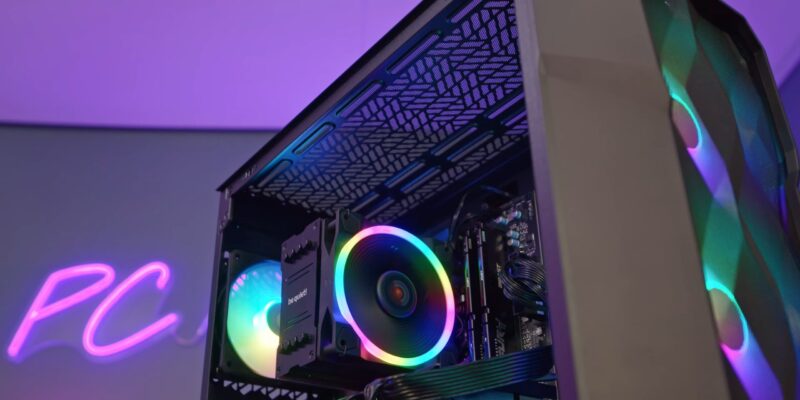
When it comes to the cost of a PC case, several elements come into play, each contributing to the final price tag:
Material
The choice of material can significantly influence the cost. Common materials include:
-
- Aluminum: Known for its lightweight and malleable nature, aluminum cases are often preferred for their sleek appearance and ease of customization. However, this comes at a premium, making aluminum cases generally more expensive.
- Steel: Durable and robust, steel cases are a staple in the PC building community. They might be heavier than their aluminum counterparts, but they often come at a more affordable price point.
Size
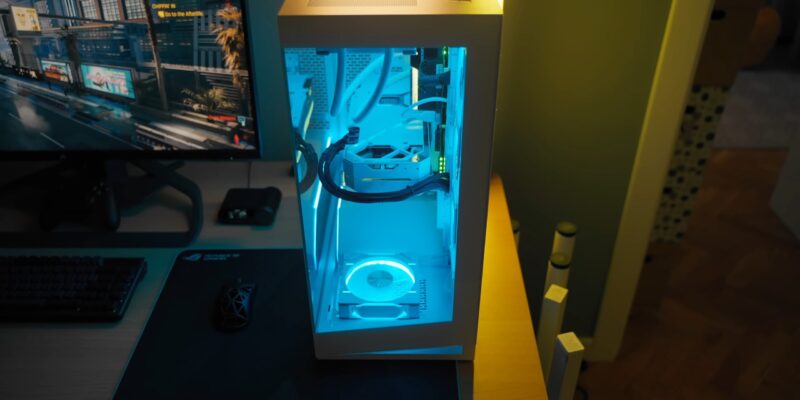
The dimensions of a case can impact its cost:
-
- Compact ITX: Designed for smaller builds, these cases are often more affordable due to their reduced size. However, some premium ITX cases can still be pricey due to specialized designs.
- Full-Tower Cases: These behemoths are designed to house extensive builds with multiple components. Their larger size often means a higher cost.
Features
Modern PC cases come packed with a range of features, each adding to the cost.
RGB Lighting: For those who want their PC to shine, built-in RGB lighting can be a sought-after feature. However, it can also add to the case’s price.
Tempered Glass Panels: A clear view into your build can be achieved with tempered glass panels, but this aesthetic feature often comes at a premium.
Advanced Cable Management Systems: A tidy build is a happy build. Advanced cable management features can make the building process smoother but might increase the case’s cost.
Setting Your Budget
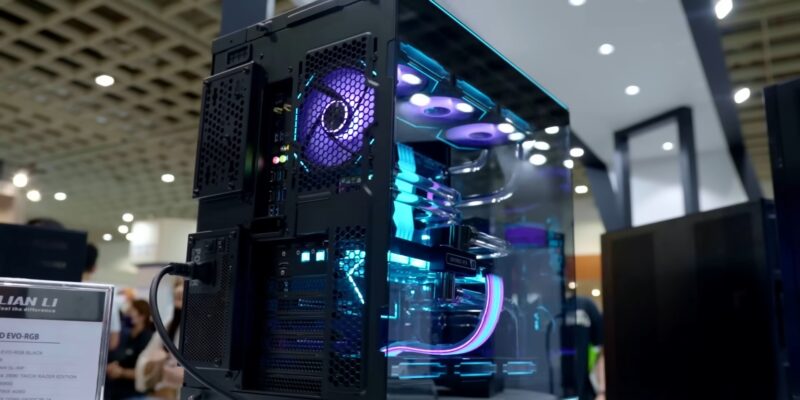
Budgeting is a crucial step in the PC building process. When setting aside funds for a case, consider:
- Purpose of the Build:
- High-End Gaming/Workstation: If performance is paramount, investing in a pricier case with optimal cooling and aesthetics might be worth it.
- Basic Office PC: For simple tasks like word processing or web browsing, an extravagant case might be overkill. It’s better to focus on functionality over flair.
- Overall Budget: It’s essential to strike a balance. If funds are limited, prioritize core components like the CPU, GPU, and RAM. A functional yet affordable case can still house these components effectively.
Price Ranges
Different price brackets cater to various needs and preferences:
- Budget Cases ($30-$60): Ideal for those on a tight budget or building a basic PC. While they might lack some premium features, they’re functional and get the job done.
- Mid-Range Cases ($60-$150): This range is a favorite among many builders. These cases strike a balance, offering a mix of aesthetics, functionality, and durability without breaking the bank.
- High-End Cases ($150 and above): Tailored for enthusiasts and those who want the best of the best. These cases boast premium materials, state-of-the-art cooling solutions, and designs that are both functional and visually striking. If you’re looking to make a statement with your build, this range is where you’ll likely find your perfect match.
Is Expensive Always Better?
Not necessarily. While pricier cases offer more features, it doesn’t mean they’re always the best choice for your build. It’s essential to assess your needs and ensure you’re not paying for features you won’t use.
The Importance of Reviews
Before making a purchase, always check reviews. They provide insights into build quality, ease of installation, and potential issues. Remember, a case might look great on paper, but real-world performance is what truly matters.
Future-Proofing
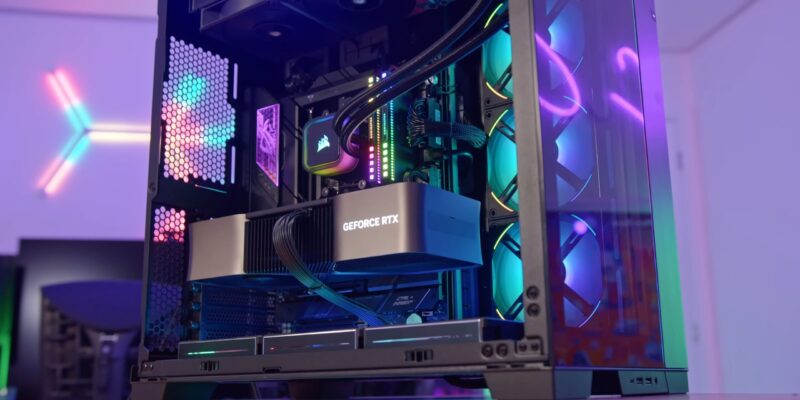
Consider future upgrades when choosing a case. If you plan to expand or upgrade components, ensure the case can accommodate these changes. This might mean opting for a slightly pricier case now to save money in the long run.
Aesthetics vs. Functionality
While it’s tempting to go for the flashiest case, functionality should never be compromised. A beautiful case that offers poor airflow or lacks essential features might not be the best choice.
FAQs
Can I customize a budget PC case to make it look more premium?
Absolutely! Many PC builders customize budget cases with vinyl wraps, custom paint jobs, or even by adding aftermarket RGB lighting. With a bit of creativity, you can make a budget case look like a high-end one.
How often should I consider upgrading or changing my PC case?
Unlike internal components that might need upgrades due to technological advancements, a PC case can last for several years unless you desire a change in aesthetics or need additional features. If your current case meets your cooling and space requirements, there’s no pressing need to upgrade.
Are there any brands that are particularly known for offering good value in PC cases?
Yes, brands like NZXT, Cooler Master, Corsair, and Fractal Design have earned reputations for producing quality PC cases across various price points. However, always check the latest reviews, as brand reputations can evolve over time.
Does the weight of a PC case indicate its quality?
Not necessarily. While a heavier case might indicate the use of thicker or more robust materials, it doesn’t always equate to better quality. Some lightweight cases are made of high-quality aluminum, which is both durable and light.
How do I know if a PC case has good airflow?
Look for cases with mesh fronts or multiple fan mounting points. Also, cases that come with pre-installed fans at both the front and rear can indicate a design focused on airflow. Reading reviews and checking temperature benchmarks for specific cases can also provide insights.
Can I use a PC case designed for ATX motherboards for smaller microATX or mini-ITX boards?
Yes, you can. Most ATX cases are designed to be compatible with smaller motherboards. However, using a smaller board in a large case might affect aesthetics and cable management, so ensure the case layout suits your preferences.
Conclusion
In the world of PC building, the case is often seen as the canvas upon which your masterpiece is built. While it’s essential to choose a case that aligns with your aesthetic preferences, it’s equally crucial to ensure it meets your functional needs.
So, how much should you spend on a PC case? The answer isn’t one-size-fits-all. Assess your requirements, set a budget, and choose a case that offers the best value for your money. Remember, it’s not about finding the most expensive or cheapest case, but the one that’s perfect for your build. Happy building!
